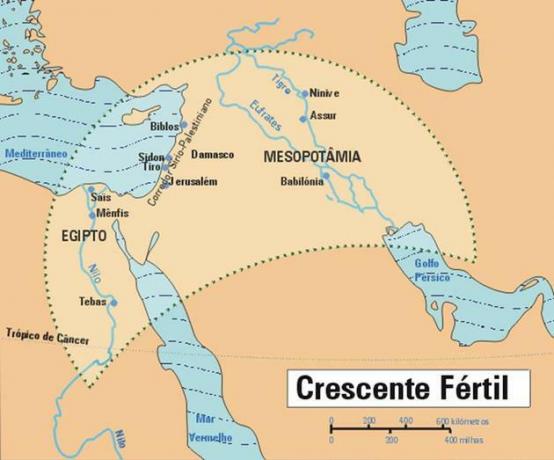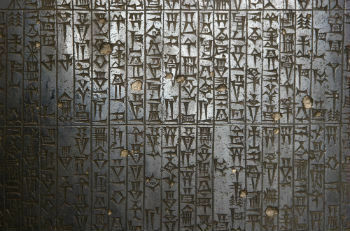THE Beans and pork it is one of the best known and most popular typical dishes of Brazilian cuisine. Composed basically of black beans, various parts of the pork, sausage, flour and a side of vegetables and vegetables, it is commonly referred to as a culinary creation of the enslaved Africans who came to the Brazil. But would this really be the feijoada story?
Historians and culinary experts indicate that this type of dish – which mixes various types of meat, vegetables and vegetables – is millenary. It possibly dates back to the Mediterranean area at the time of the Roman Empire, according to Câmara Cascudo. Similar dishes in Latin cuisine would be the cooked, in Portugal; O cassoulet, in France; ThePaella, rice-based, in Spain; and the housewife it's the bollito mixed in Italy.
But feijoada has the specifics of Brazilian cuisine. Black beans originate from South America and were called by the Guaraníes command, command or cumaná. Cassava flour is also of American origin, being adopted as a basic food component by Africans and Europeans who came to Brazil. Bean and cassava swiddens were planted in various places, including in domestic spaces, around homes, mainly for the popular classes.
According to Carlos Alberto Dória, the origin of feijoada lies in the “fat beans”, the legume stew added with bacon and dried meat. Feijoada would be this “fat bean” enriched to the extreme, with sausages, vegetables, vegetables and pork.
The inclusion of the last ingredient mentioned above led Câmara Cascudo to question whether feijoada was the invention of enslaved Africans: being a good part of Africans follower of Islam, how could they have included pork in the dish, since religion prohibits its consumption?
Do not stop now... There's more after the advertising ;)
The famous Brazilian folklorist indicates that feijoada as we know it, consisting of beans, meat, vegetables and vegetables, would be a combination created only in the 19th century in restaurants frequented by the slave-owning elite of the Brazil. Its diffusion would have taken place in hotels and pensions, mainly from Rio de Janeiro.
However, the spread of the idea of feijoada as a national dish would be a consequence of the actions of modernists to build a Brazilian national identity, according to Carlos Alberto Dória. Feijoada would be one of the signs of Brazilianness, characterized by the theme of anthropophagy, of cultural swallowing that permeated the formation of the Brazilian nation.
Mário de Andrade presented this perspective in his well-known book “Macunaíma”, from 1924, during a feast at the farmer's house Venceslau Pietro Pietra, in which the anti-hero took part. According to Dória, the scene would be an allegory of national cuisine and of the different ethnic groups that came into contact in Brazil.
Vinicius de Moraes also talked about feijoada, in his poem “Feijoada à Minha Moda”, portraying at the end the scene of difficult digestion of the dish: What more pleasure does a body ask for/ After eating such a bean?/ — Evidently a hammock/ And a cat to pass your hand...
By Tales Pinto
Master in History
Would you like to reference this text in a school or academic work? Look:
PINTO, Tales dos Santos. "History of feijoada"; Brazil School. Available in: https://brasilescola.uol.com.br/historia/historia-feijoada.htm. Accessed on June 27, 2021.
fruit

Pequi, pequi fruit, native fruit of the Brazilian cerrado, use of pequi in cooking, regions where pequi is found, characteristics of pequi, consumption of pequi, pequi family.


